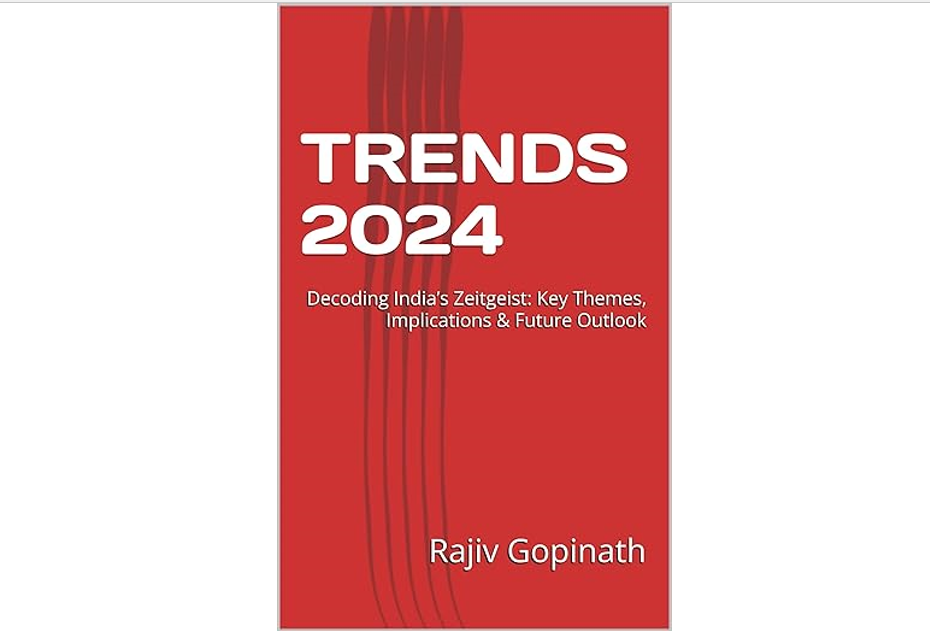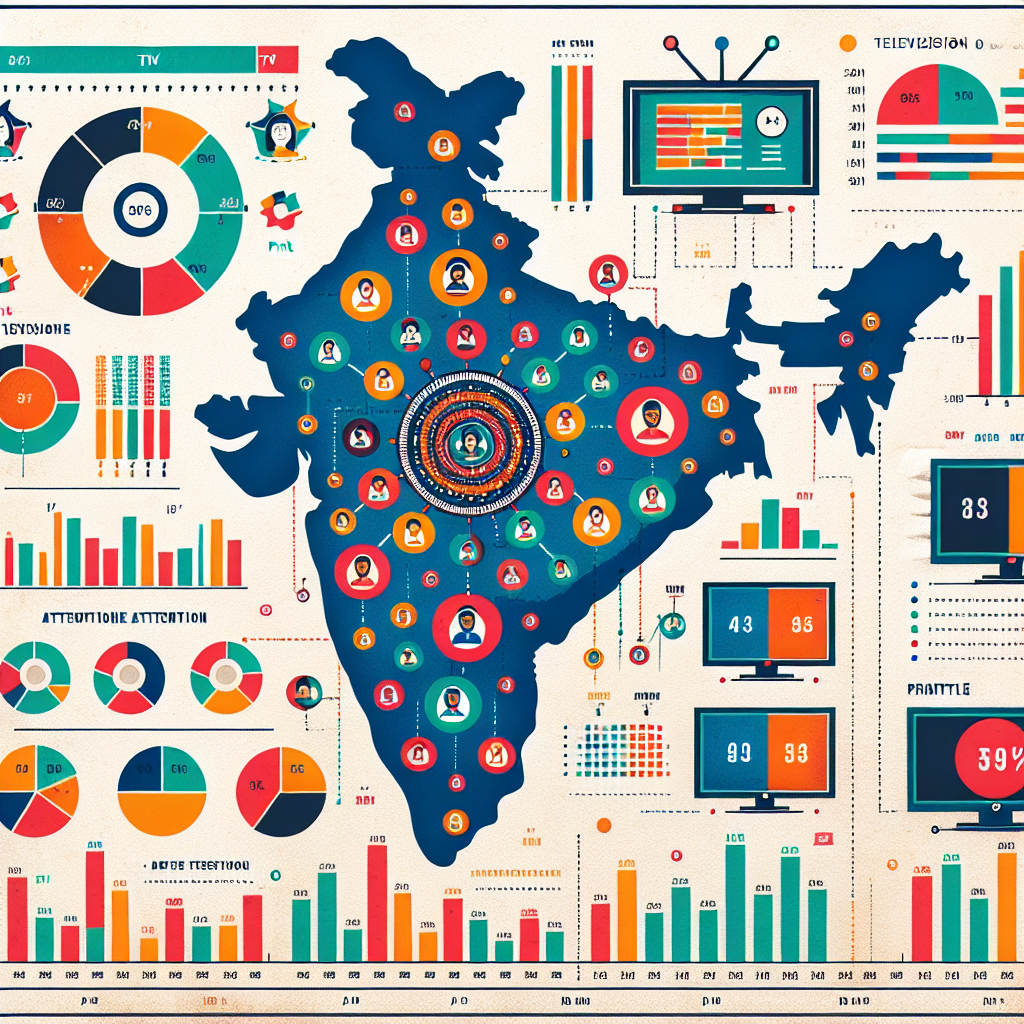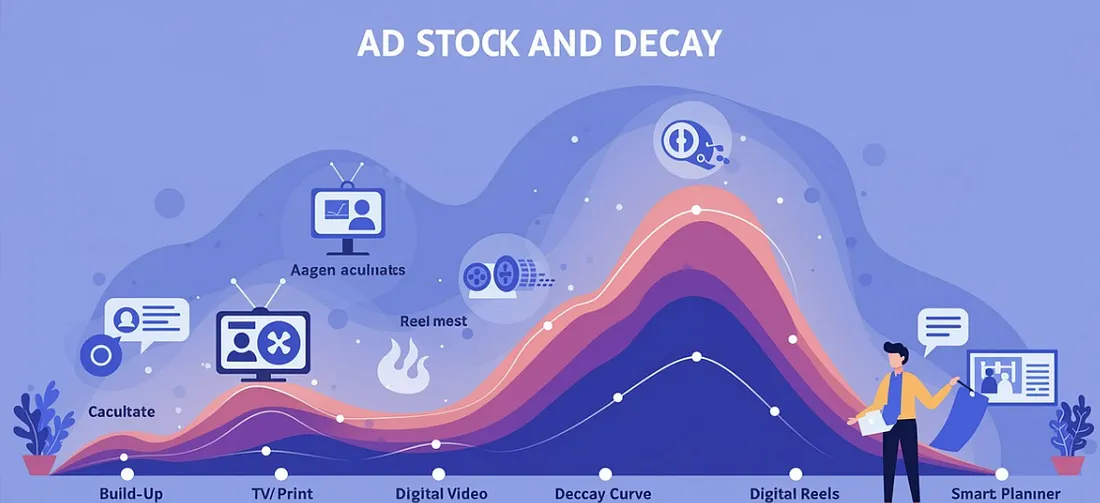How to Leverage Fandom Marketing for Brand Growth
Introduction: Beyond Consumer Loyalty to Brand Advocacy
Traditional marketing focuses on converting prospects to customers and customers to loyal repeat buyers. However, fandom marketing transcends conventional loyalty by cultivating passionate brand advocates who integrate the brand into their identity and community. According to Edelman's Trust Barometer, 67% of consumers now buy based on belief, not just utility or status. Fandom marketing capitalizes on this shift by transforming transactional relationships into emotional connections that drive organic growth. Marketing strategist Kevin Kelly's concept of "1,000 True Fans" proposed that creators need only a modest but intensely devoted following to thrive; similarly, brands that cultivate superfans often outperform those with larger but less engaged customer bases. Research from Bain & Company indicates that customers who become brand advocates deliver 3-8 times more value than average customers through higher spend, retention, and referrals. This article examines the psychological foundations of brand fandom, frameworks for cultivating superfan communities, and strategies for leveraging these passionate advocates for sustainable growth in the digital economy.
1. The Psychology of Brand Fandom: From Consumption to Identity
Understanding what transforms customers into fans requires examining the psychological mechanisms at work:
a) Social Identity Theory in Brand Communities
Marketing scholar Albert Muniz's research on brand communities reveals how brands become central to personal and group identity:
- Brands provide symbols and narratives that help define the self
- Communities form around shared brand values and experiences
- Status hierarchies develop based on brand knowledge and participation
b) The Belongingness Paradigm
Psychologist Naomi Klein identifies three key drivers of brand fandom:
- Shared meaning-making and symbolic co-creation
- Tribal belonging and community rituals
- Status identification and social signaling
c) Emotional Connection Through Brand Storytelling
According to Jennifer Aaker's research on narrative psychology:
- Stories create emotional peaks that form stronger memory connections than features or benefits
- Narrative transportation increases brand attachment and reduces counter-arguing
- Character identification transfers brand values to personal identity
Example: LEGO evolved from a toy manufacturer to a fandom powerhouse by creating an ecosystem of stories, experiences, and community engagement opportunities that transform customers into lifetime advocates.
2. Strategic Frameworks for Cultivating Brand Fandom
Several frameworks help brands systematically develop fandom:
a) The Fandom Intensity Pyramid
Marketing expert Mark Schaefer's model identifies ascending levels of engagement:
- Awareness: Basic brand recognition
- Appreciation: Recognition of brand value
- Admiration: Preference and recommendation
- Adoption: Regular usage and self-identification
- Adoration: Passionate advocacy and community involvement
- Addiction: Collector behavior and evangelism
b) The Three A's Approach to Superfan Development
Brand strategist Scott Galloway proposes a framework for cultivating superfans:
- Access: Exclusive experiences and behind-the-scenes content
- Agency: Co-creation opportunities and feedback mechanisms
- Amplification: Platforms for fans to share their brand connections
c) The Cultural Branding Matrix
Professor Douglas Holt's research on iconic brands reveals:
- Cultural tensions create opportunities for brands to establish meaningful narratives
- Brand myths that address identity anxieties foster deeper connections
- Community rituals reinforce and propagate brand meanings
Example: Peloton transformed exercise equipment into a cultural phenomenon by addressing the tension between time scarcity and fitness needs while building a community that celebrates achievement and belonging.
3. Digital-Era Applications: Evolution of Fandom Marketing
Digital transformation has revolutionized how brands cultivate and leverage fans:
a) Social Platforms as Fandom Ecosystems
- Brand-owned communities (like Sephora's Beauty Insider) create venues for fan interaction
- Content co-creation opportunities (GoPro's user-generated content strategy) turn customers into collaborators
- Digital rituals and events foster synchronous community experiences
b) AI-Powered Personalization of Fandom Journeys
Artificial intelligence enables:
- Behavioral segmentation to identify potential superfans
- Personalized engagement pathways to deepen connections
- Predictive analytics to anticipate fan needs and desires
c) E-commerce Integration with Fandom Experiences
The melding of commerce and community through:
- Limited-edition drops that create shared anticipation
- Membership models that combine access, status, and value
- Gamified loyalty programs that reward participation beyond purchase
Example: Nike's SNKRS app combines e-commerce with storytelling, gamification, and community features to transform sneaker purchases into cultural events that foster intense fandom.
4. Measurement and Optimization: Quantifying Fandom Impact
Effective fandom marketing requires specialized metrics beyond traditional KPIs:
a) The Fandom Value Matrix
- Advocacy measurement: Net Promoter Score enhanced with sharing metrics
- Community contribution: User-generated content volume and engagement
- Participation intensity: Platform-specific engagement depth and frequency
b) Superfan Cohort Analysis
Research by Bain & Company reveals the economic impact of brand superfans:
- 23% higher average purchase value
- 17% lower sensitivity to price increases
- 21% higher lifetime value than conventional loyal customers
c) Cultural Impact Assessment
- Brand-relevant conversation share across platforms
- Linguistic analysis of brand references for emotional intensity
- Cultural penetration through memes, references, and adoption patterns
5. Future Trajectories: The Evolution of Brand Fandom
Several emerging trends are reshaping fandom marketing strategies:
a) Metaverse and Immersive Brand Experiences
- Virtual spaces create new venues for community formation
- Digital collectibles enable new forms of brand connection
- Immersive storytelling deepens narrative transportation
b) Fan-to-Fan Commerce and Community-Led Growth
- Peer marketplaces for brand-related products (like StockX for sneakers)
- Community-driven product development through voting and funding
- Fan ambassador programs that formalize advocacy roles
c) Micro-Fandom Targeting
- Niche community identification through AI-powered analysis
- Hyper-relevant content creation for specific fandom segments
- Cross-community collaboration to expand reach while maintaining authenticity
Conclusion: From Customers to Culture-Makers
The most successful brands in the digital economy understand that cultivating fandom is not merely about encouraging repeat purchases but about creating meaningful identity connections that transform customers into active participants in brand culture. By fostering communities with shared values, rituals, and storytelling, these brands develop self-sustaining ecosystems where passionate advocates drive organic growth through word-of-mouth, content creation, and cultural influence. The strategic shift from targeting passive consumers to cultivating active fans represents one of the most significant evolutions in marketing practice. As digital platforms continue to fragment attention while simultaneously enabling deeper connections, the brands that thrive will be those that successfully transform transactions into meaningful relationships and customers into passionate communities.
Call to Action
For marketing leaders seeking to implement fandom marketing strategies:
- Conduct a fandom audit to identify existing superfan behaviors and communities
- Develop integrated digital platforms that enable community formation and interaction
- Create structured pathways for increasing customer engagement from casual to advocate
- Establish meaningful measurement frameworks that capture the full value of superfan relationships
Featured Blogs

TRENDS 2024: Decoding India’s Zeitgeist: Key Themes, Implications & Future Outlook

How to better quantify attention in TV and Print in India

AI in media agencies: Transforming data into actionable insights for strategic growth

How the Attention Recession Is Changing Marketing

The New Luxury Why Consumers Now Value Scarcity Over Status

The Psychology Behind Buy Now Pay later

The Rise of Dark Social and Its Impact on Marketing Measurement

The Role of Dark Patterns in Digital Marketing and Ethical Concerns

The Future of Retail Media Networks and What Marketers Should Know
Recent Blogs

Ad Stock & Decay: The Invisible Hand Guiding Media Schedules

The Big Mac Illusion:What a Burger Tells Us About Global Economics

When Search Starts Thinking How AI Is Rewriting the Discovery Journey

CEP Tracker The Modern Brand Health Metric

Cracking Growth: How to Leverage Category Entry Points (CEPs) for Brand Advantage


